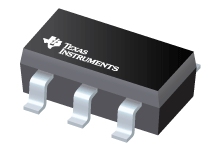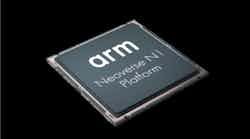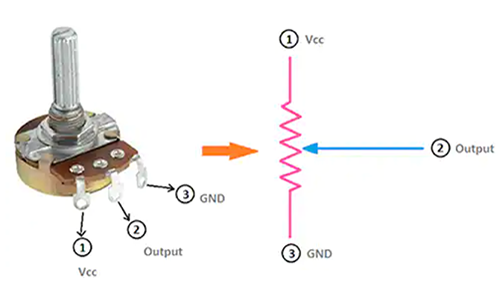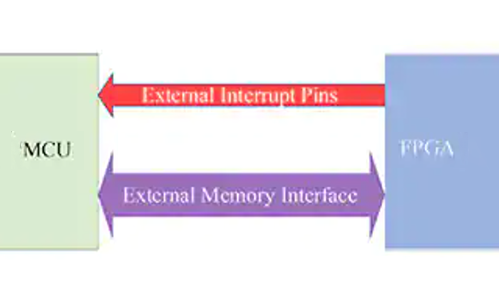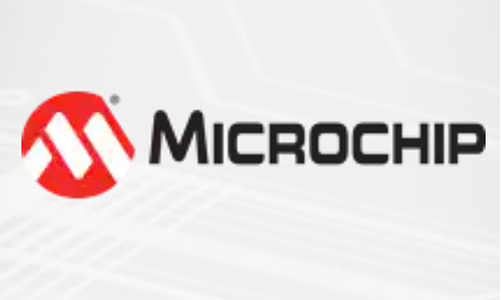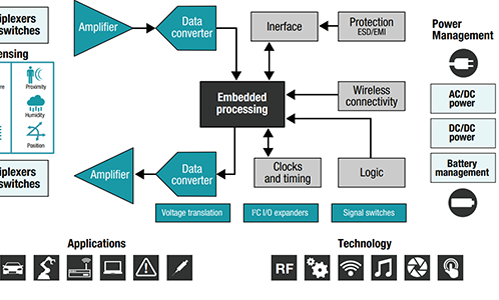Growing requirements for lower power and high performance in embedded devices could push electronics engineers toward more specialty memory chips. That could include chips based on Crossbar’s resistive random access memory, or ReRAM, which attempts to bridge the gaps between nonvolatile flash memory technology and high-speed RAM.
Crossbar recently announced an agreement with Microsemi Corporation, one of the largest American makers of military and aerospace semiconductors. Microsemi said that it would license Crossbar’s intellectual property and collaborate on the development of chips integrated with ReRAM technology, which Crossbar said is scalable down to 10 nanometers. The terms of the deal were not disclosed.
使用resista横梁的ReRam代表比特nce of the circuits, which can be set and reset by a pulse of voltage. The memory is composed of silicon switching material sandwiched between two electrodes. When a voltage is applied, a metallic filament forms in the switching material, connecting the electrodes and changing resistance between them. Reversing the voltage causes the filament to recede, cutting off the conductance.
The company says that chips embedded with ReRAM technology devour less power, access information with lower latency, and have more endurance than flash memory devices, such as NOR and NAND. In addition, Crossbar’s memory devices are nonvolatile, meaning that they preserve what’s stored inside them after the system powers down. That sets the technology apart from DRAM devices that forfeit information when powered down.
Other companies are trying to steal the thunder from DRAM and NAND technology markets as manufacturing advances for the former have slowed for the former and memory capacity improvements for the latter have stalled amid increasing prices for both technologies. Everspin Technologies, for instance, is muscling its magnetoresistive random-access memory – more commonly known as MRAM – into the embedded space.
Santa Clara, California-based Crossbar is also targeting the embedded space, with an eye toward edge computing, communications infrastructure and automotive applications. The company, which has raised $80.6 million in funding since it was founded in 2008, is also focused on artificial intelligence tasks, which are constantly bobbing for information stored in memory and could benefit from the faster access abilities of ReRAM.
“The biggest challenge facing engineers for A.I. today is overcoming the memory speed and power bottleneck in the current architecture to get faster data access while lowering the energy cost,” Sylvain Dubois, Crossbar’s vice president of business development and strategic marketing, said in a press statement. The applications that could benefit from chips embedded with Crossbar’s memory range from embedded vision to language processing.
Dubois continued, “By enabling a new, memory-centric non-volatile architecture like ReRAM, the entire trained model or knowledge base can be on-chip, connected directly to the neural network with the potential to achieve massive energy savings and performance improvements, resulting in a greatly improved battery life and a better user experience.”



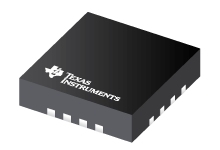

_pushing_performance_beyond_silicon.png?auto=format,compress&fit=crop&h=139&w=250&q=1)
